News detail
BEWG actively explores the green and low-carbon development road of sewage treatment industry 2021-09-15
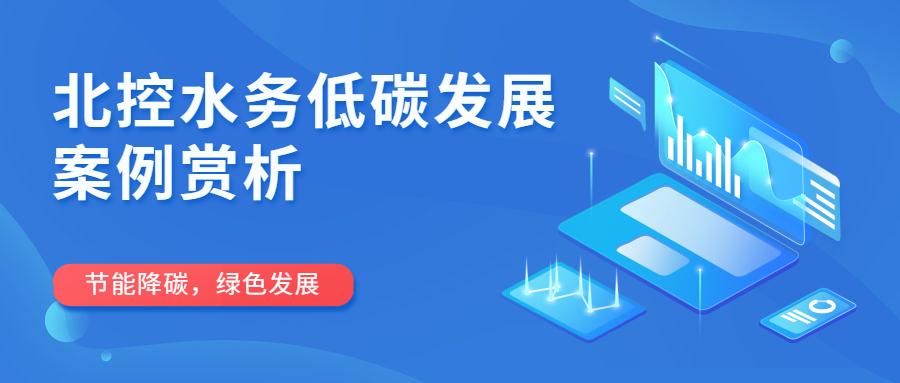
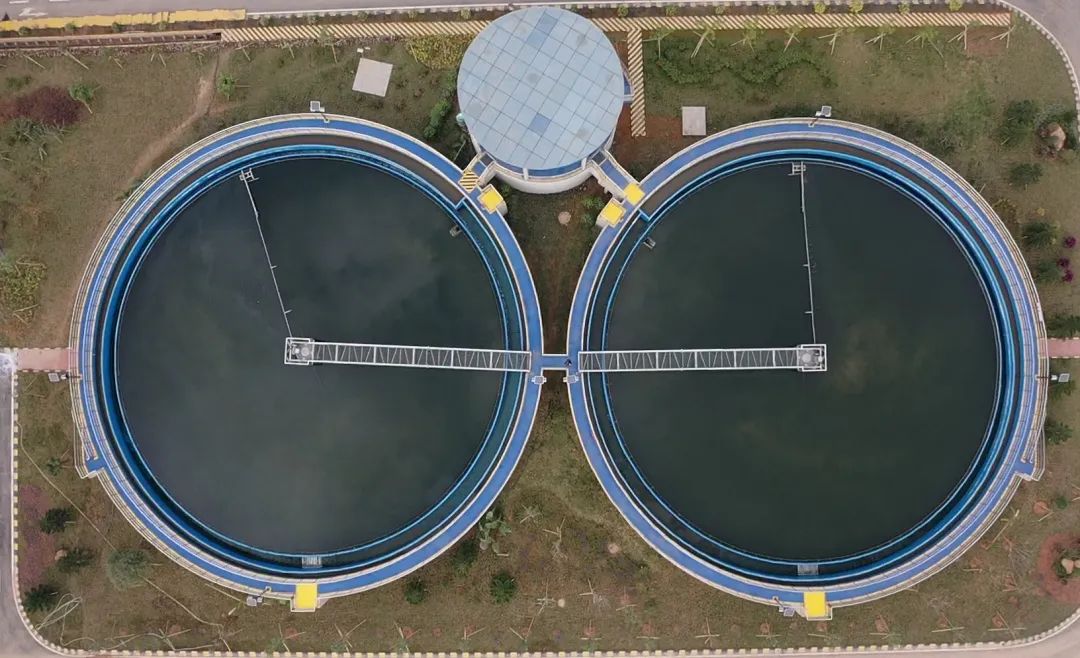
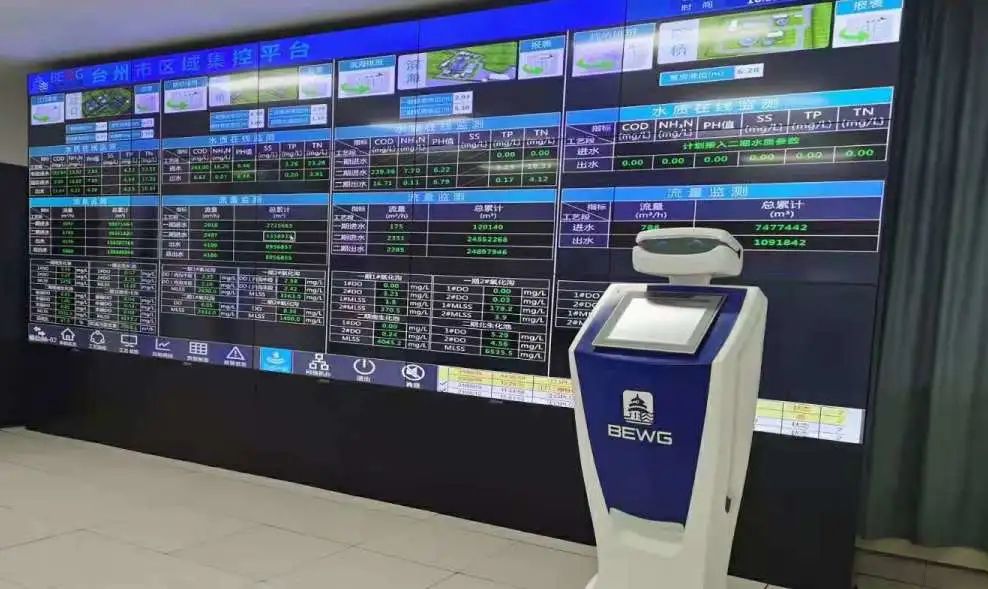
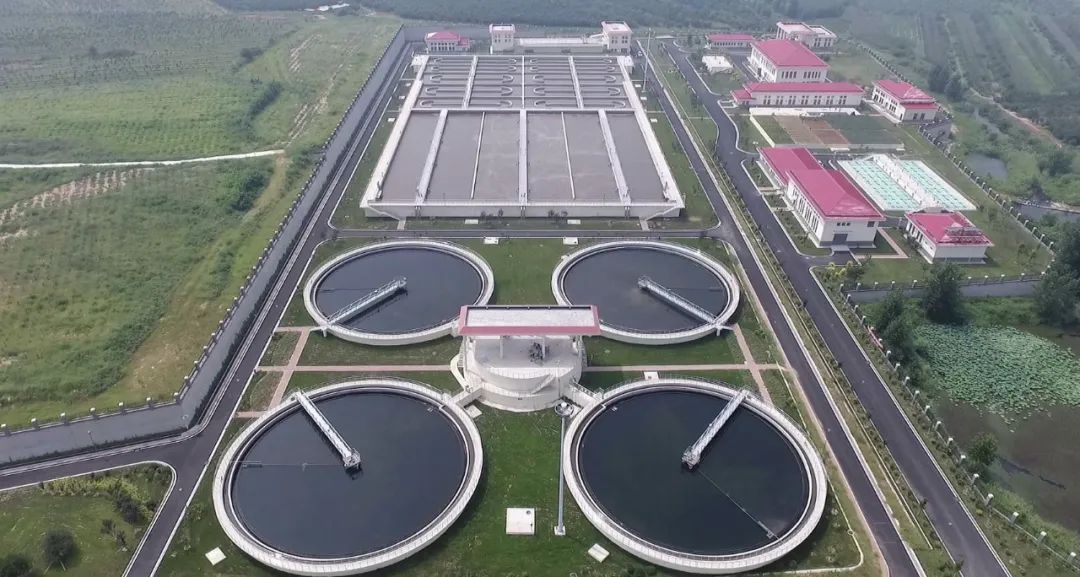
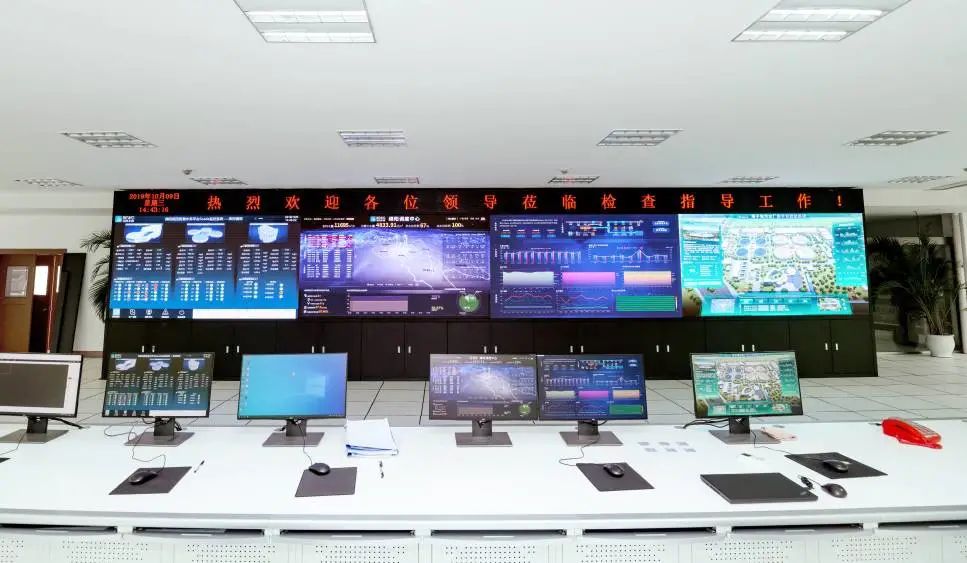
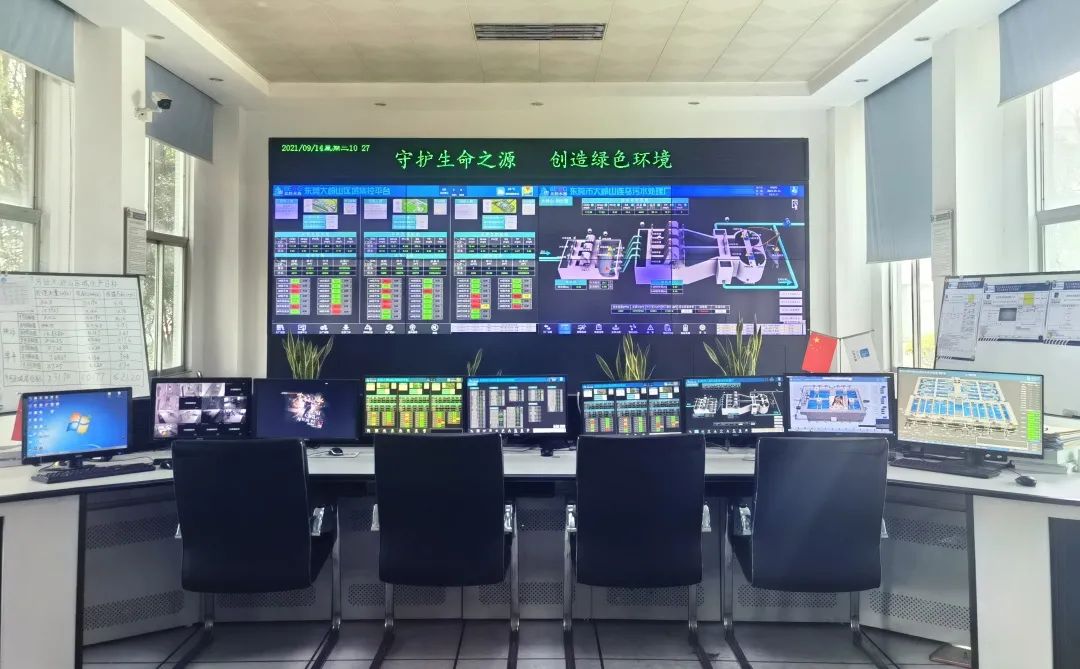
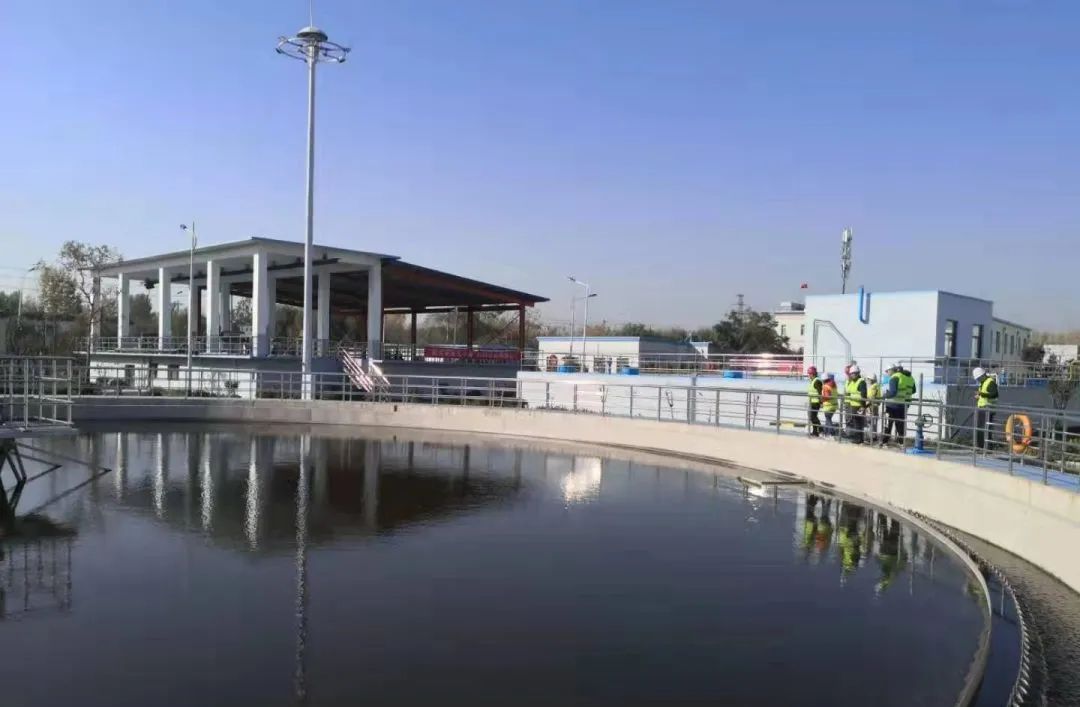
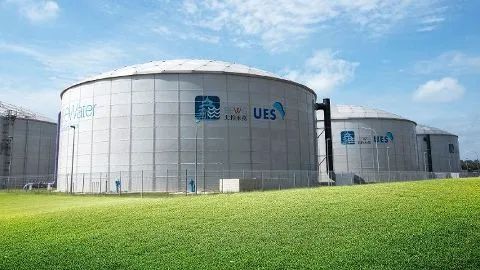
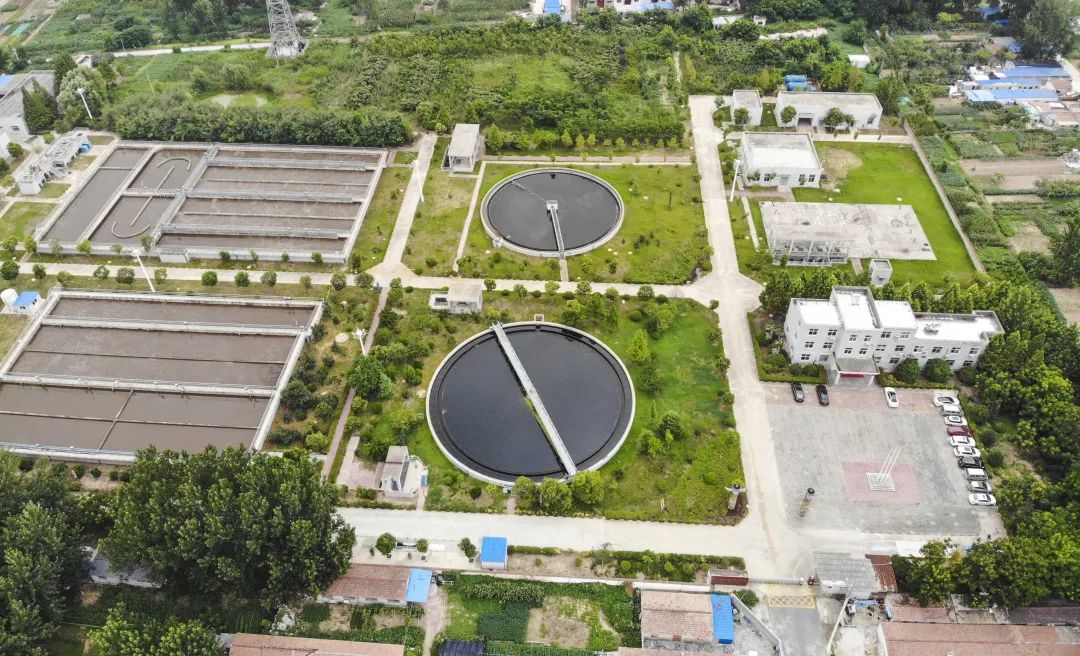
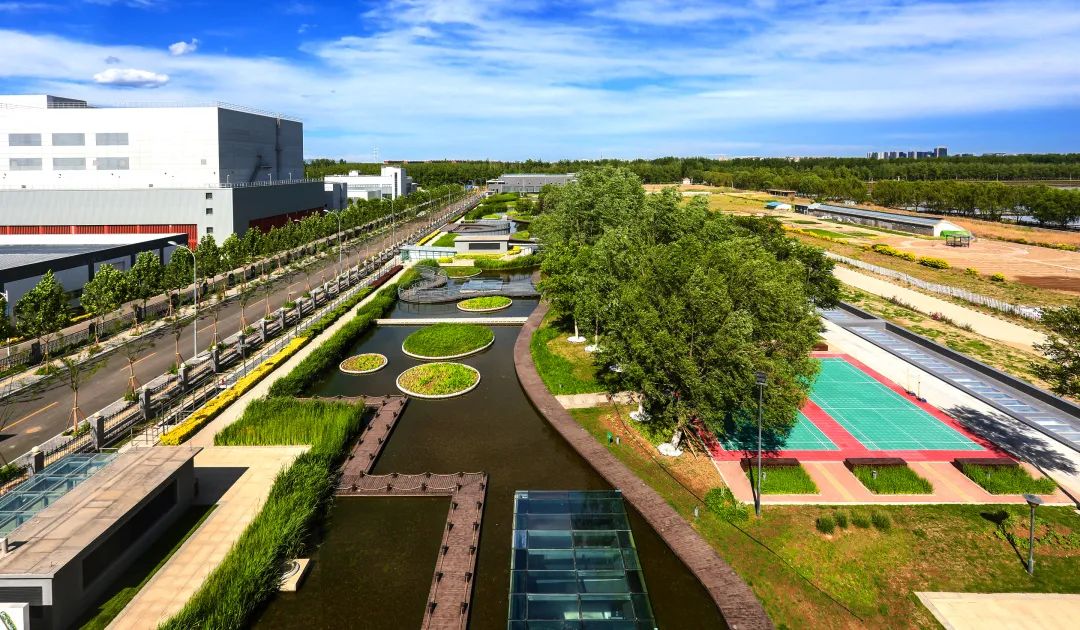
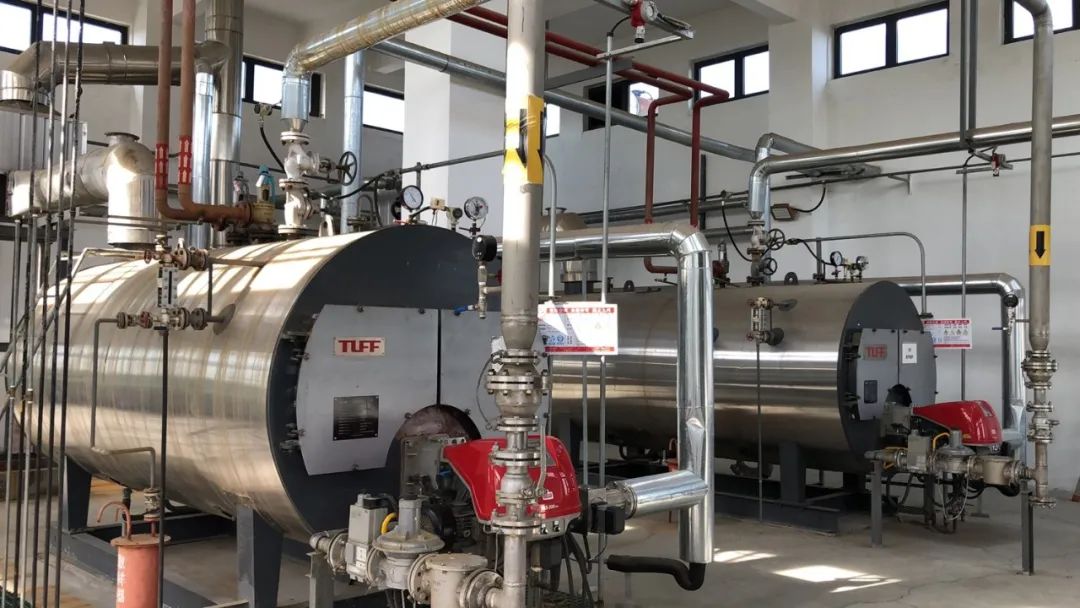
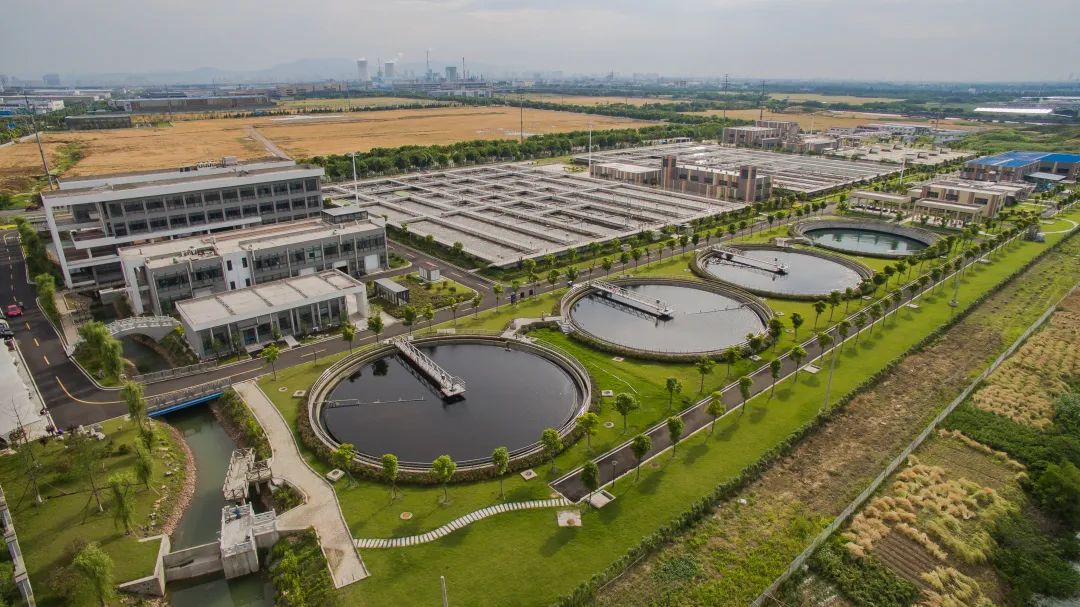
Today, we invited Wei bin, Department Manager of the Sewage Management Department of the Group’s Operation Management Center, to share some excellent case according to the realities of BEWG.
Utilization of sewage heat energy in sewage treatment plant
Urban sewage is a low-level heat source, using sewage source heat pump technology, urban sewage as the cold and heat source of HVAC energy has unique advantages. In winter, the temperature of urban sewage is generally higher than the air temperature, which can be used for heating, while in summer, the sewage temperature is generally lower than the air temperature, and the refrigeration benefit is remarkable. The use of sewage source heat pump can reduce the emission of particulate matter, sulfur dioxide, nitrogen oxides and other pollutants in urban areas, improve the living environment of residents, enhance the value of urban development, and promote urban development. It is an energy-saving, environmental, low-carbon and green technology.
In the application process, sewage sources can be divided into two categories: one is to use untreated sewage as heat source; The other is to use the reclaimed water or secondary effluent treated by the urban sewage plant as the heat source.
BEWG sewage source heat pump technology is mainly used in northern sewage treatment plant
Typical case: sewage treatment plant in the west of Haigang District Qinhuangdao
The sewage treatment plant in the west of Haigang District has a treatment scale of 120000 tons/day, uses the reclaimed water after sewage treatment as the water source heat pump source to provide heating and cooling protection for the plant office buildings and production and living areas. The water plant has two water source heat pumps, each with a heating power of 436.8KW and a cooling power of 394.9KW, with a comprehensive performance coefficient of 5.74. The annual heating output is 3.27GWh and the cooling output is 0.29GWh.
Heat energy utilization of biogas and sludge in sewage treatment plant
The total sludge treatment scale of BEWG is 2280 tons/day (80% moisture content), and the treatment methods include anaerobic digestion, aerobic fermentation, dehydration, drying and carbonization, deep dehydration and other forms.
Typical case: Beidaihe New Area sludge treatment plant
The project treatment process adopts the graded/phased anaerobic digestion process, and the biogas residue produced after treatment can be used as nutrient soil for landscaping, agricultural utilization and soil improvement through deep dewatering. After purification, part of the biogas produced can be used for preheating the raw sludge of the pretreatment unit, and the rest can be used as vehicle fuel gas, So as to realize the "reduction, stabilization, harmless" treatment and "resource" recycling of sludge
Energy saving and consumption reduction, the lean operation of sewage treatment plant
Operation management standard
Based on the operation and management data of many water plants and years of experience, BEWG proposes a set of operation and management standards for sewage treatment operation after repeated discussion and testing, so as to ensure the safe, stable, efficient and up to standard operation of sewage treatment plant.
The operation management standards include four categories: water management indicators, equipment management indicators, operation indicators, process indicators and quality management, with a total of more than 100 indicators. For the operation parameters of each treatment process section and equipment of different sewage treatment processes, as well as the energy consumption and chemical consumption of process operation, the mandatory indicators and reference indicators are defined. The standard has been applied to water plants of BEWG to guide the daily operation and management of the water plant, find the gap through benchmarking, improving the operation efficiency of equipment and process, ensuring the safe, stable and up to standard operation of the sewage treatment plant while saving energy, reducing consumption and improving operation efficiency.
On the basis of the operation management standard index system, the Group has formulated the standard of "one plant, one policy" for all its operation projects. After being reviewed by the region and the Group, it will serve as a beacon for project operation, keep improving and constantly improve the project operation level.
Intelligent water
As far as the sewage treatment industry is concerned, intelligent water is mainly showed in the construction of intelligent water plants. To sum up, intelligent water plant adopts advanced management thinking and technical means to provide a set of integrated automation,smart technologies and intelligent sewage plant solutions applied to sewage plants, including intelligent control, Internet of things access and collection, integrated central monitoring, visual control platform, big data analysis and scientific decision-making, Realize the less/unmanned production and operation management. It can meet the operation needs of modern sewage plants, realize the refinement and intelligence of process management of sewage plant, develop sewage operation efficiency, improve the stability and reliability of treatment process and equipment, save energy and reduce consumption, and reduce labor costs.
BEWG builds a water plant information data center based on big data, constructs a water plant production and operation system, establish an intensive management and control system, an analysis and decision support system, a standardized business process, and builds and operates a mobile Internet App application system to achieve intelligent water based on cloud computing and big data. The main functional blocks include:
Intelligent cloud platform system Becloud: it has the functions of real-time data monitoring, historical data analysis, sewage operation and management, automatic remote operation and maintenance, and remote collaborative management.
Water plant digital twin system: the digital twin system includes the sewage plant simulation system BEThink (typical case: Xintang Yonghe sewage treatment plant). Based on the in-depth analysis of the sewage treatment plant, BEThink embeds a reasonable model and optimizes the model parameters. Through BEThink, the online water quality monitoring, laboratory index test results and basic parameters of each process section can be used to simulate the changes of water quality indexes and make simulation judgment and analysis, optimize the operation parameters in time, and provide reference for process upgrading and transformation.
Intelligent control system BE-EMR (typical case: Huangyan Jiangkou Taizhou sewage treatment plant). With the help of the process intelligent robot "BEWG Xiaolan", the unattended and closed-loop control of biochemical system operation can be realized. Through the intelligent control of key process parameters such as water, mud, gas and chemical, it can reach the control level of industry operation experts, and the power and chemical consumption of operation can be greatly saved, reducing power consumption by 10-20% and chemical consumption by 20-90%. At the same time, the treated water quality can be improved, Improve the impact resistance of the system, and the control accuracy of dissolved oxygen reaches±0.1mg/l, reaching the industry-leading level.
Water doctor system BE-Doctor (typical case: Mianyang taziba sewage treatment plant): BE-Doctor online platform can provide comprehensive diagnosis and regulation methods for sewage treatment plants. It integrates physical examination and treatment, which can not only find problems, but also solve problems. Users only need to associate the operation data to obtain the real-time operation status diagnosis report, and according to the problems found in the diagnosis, they can find the right medicine to optimize the operation effect. By using the BE-Doctor process diagnosis platform, the strong empowerment for field operators can be realized, and the work efficiency can be greatly improved.
The establishment of intelligent water not only realizes the intelligent operation of the water plant, but also empowers the expert experience directly to the front line, greatly improving the operation efficiency. At the same time, on the basis of realizing the intelligent operation of a single plant, we should change the management mode, establish a regional center, and centralize the supervision, management (control) of multiple water plants (typical case: Dalingshan group project), so as to realize flat and intensive management, which can improve personnel efficiency, energy saving and efficiency.
Through the operation of intelligent water, the cost of raw materials per ton of water of BEWG will be reduced by 25.8% in 2020, 15000 tons of carbon sources and 20000 tons of phosphorus removal agents will be saved annually, and the amount of carbon dioxide emissions and excess sludge will be greatly reduced.
Process operation optimization
BEWG has developed online process control tools, including pretreatment, biochemical treatment and advanced treatment and other major process links , with a total of 8 directions and 37 toolkits. The core logic of online process control tools is similar to intelligent control, which is a supplement to intelligent control under the industry background that the current automatic control foundation is still not perfect, and can realize the easy operation of front-line operation. The content of online process control tools covers on-demand aeration, simultaneous / shortcut nitrification and denitrification, denitrifying phosphorus removal, precise dosing, etc., and integrates fuzzy control, model control, single factor optimal solution control, etc. The process control tool creatively solves the pain point that the Group has many projects and it is difficult for experts to cover all projects, transforms the most advanced process control method into a platform application tool, and opens the way to empower experts' mature experience directly to the front line.
The process control tool allows unlimited replication of expert experience, improves the stability of the system, ensures stable effluent compliance, and greatly reduce the cost of chemical consumption and power consumption of sewage treatment.
Typical case: Zaozhuang BEWG sewage treatment plant. In the first quarter of 2020, the cost of carbon source per ton of water of the plant was 0.22 yuan, and the cost of carbon source from January to May was 2million yuan, with an average monthly cost of 400000 yuan. After optimizing the control tools, the carbon source cost in June was only 30000 yuan, saving more than 90% of the carbon source cost.
Typical cases: 6 projects including Zaozhuang BEWG sewage treatment plant, Heze sewage treatment plant, Beidaihe New Area sewage treatment plant. By using DO control, biological phosphorus removal, high-efficiency tank operation and sludge mixing control tools, the annual electricity cost saves 1.77 million yuan, , carbon source cost saves 6 million yuan, and phosphorus removal cost saves 810000 yuan.
Reclaimed water
BEWG has 40 reclaimed water plants, and the scale of reclaimed water projects exceeds 1million tons/day, of which 63.7% is used for ecological supply, 18.8% for supplementary water sources, 7.9% for industrial water, 6.5% for landscape water, and 3.2% for municipal miscellaneous water.
Typical case: Singapore Changi ⅡNEWater plant. The Singapore government proposed to develop four "National Taps", one of which is the sewage reuse project, namely the "NEWater" project. The water production capacity of the project is 228000 tons/day, and the double membrane process (microfiltration + reverse osmosis) is adopted. The raw water is the effluent from Changi sewage plant. The treated NEWater meets Singapore's NEWater Effluent Standard and Drinking Water Standard, providing industrial water and tap water supplement for Singapore.
Typical case: Beijing Daoxiang lake reclaimed water plant. The design scale of the project is 80000 tons/day. After the in-depth treatment of sewage, the water quality meets the Beijing landmark B (higher than the first level A standard). One tail water that meet the standards is used as municipal non-drinking water; The other is discharged into Nansha River as ecological water supply to improve the quality of river water; The third way is as the production cooling water for the northern Beijing Jingneng Thermal Power Plant to enter the production process.
Exploration on sustainable new process
In order to solve operational difficulties and improve quality and efficiency, BEWG has always explored new sustainable processes such as low energy consumption and low cost, as well as new technologies for resource recovery, including simultaneous nitrification and denitrification, shortcut nitrification and denitrification, anaerobic ammonia oxidation, carbon capture, phosphorus recovery, etc., and has made some progress.
Typical case: Xuzhou Suining sewage treatment plant (simultaneous nitrification and denitrification). Xuzhou Suining sewage treatment plant treats 40000 tons of urban sewage per day. The biochemical treatment adopts A2O process, and the long-term influent carbon nitrogen ratio is low (COD/TN=4:1). In order to ensure stable compliance of total nitrogen of the effluent, a large number of carbon sources need to be supplemented in daily operation, which greatly increases the cost of sewage treatment.
Therefore, since 2018, the sewage treatment plant has tried to adopt the synchronous nitrification and denitrification process, and has made adjustments and optimization in the following four aspects:
(1) Step feed (some feed directly into the anoxic area);
(2) Reduce and optimize the concentration of dissolved oxygen in aerobic area;
(3) An oxygen elimination zone is set at the end of the aeration tank;
(4) Increase the activated sludge concentration in the biological tank.
After operation verification, the optimized system runs stably and has good effect, which is shown as follows:
(1) Effluent COD, ammonia nitrogen, etc. maintain the original treatment effect;
(2) Total nitrogen is significantly controlled, and the effluent total nitrogen decreases steadily by 1.5-3.5mg/l;
(3) The cost decreased significantly: carbon source addition decreased by 15mg/l, the power consumption was basically the same, and the annual cost savings were more than 300000 yuan (excluding the cost savings of sludge reduction);
(4) The treatment capacity is increased by 2000-4000 tons / day.
Photovoltaic power generation and green energy utilization of sewage treatment plant
Urban sewage treatment plants are generally built in the suburbs, covering a large area, few residents around, few high buildings, with sufficient sunlight. The top floor area of the structure of the sewage treatment plant is generally large, which is conducive to the installation and utilization of photovoltaic modules, and is suitable for the investment and construction of photovoltaic power generation. At the same time, the sewage treatment plant is a large energy consumer, and most of the land of the sewage treatment plant is allocated by the government, which has a long service life and is suitable for the long-term operation of photovoltaic power generation.
Photovoltaic power generation is a green and clean energy. Its application in sewage treatment plants can significantly reduce the power cost of sewage treatment plants, and it is one of the effective ways for sewage treatment plants to reduce carbon emissions.
BEWG now has more than 42 sewage treatment plants using photovoltaic power generation, with a total installed capacity of more than 32.19MW.
Typical case: Jiangsu Yixing sewage treatment plant distributed photovoltaic power generation project
Jiangsu Yixing sewage treatment plant distributed photovoltaic power generation project is located in eight sewage treatment plants, including Yixing urban sewage treatment plant, Yixing Xinjian sewage treatment plant and Yixing Guanlin sewage treatment plant and so on. The photovoltaic power station is constructed in the form of photovoltaic corridor or photovoltaic shed by using the sewage pool, sedimentation tank, flocculation tank, office building roof and new plant road in the plant area of the sewage treatment plant, The total installed capacity is about 8.1MW, and the grid connection is completed at the end of December 2017 by adopting the mode of 0.4kV voltage level grid connection, "self generate for self use, residual power for internet".
The road is obstacle-packed and long. But you will get through if you keep going. As the largest developing country in the world, China has a limited time window to achieve carbon peak and carbon neutrality, and our work tasks are too heavy. We must speed up the transformation of the development mode, optimize the economic structure, and transform the driving force of growth by taking energy conservation and carbon reduction as an effective means, with strong energy, Promoting economic and social development based on high efficient utilization of resource and green and low-carbon development. In this context, BEWG will be committed to scientific and technological research and development and the promotion of new technologies, continue to build excellent operational capabilities, strive to promote the wide application of a number of excellent products in the industry, and comprehensively help achieve the "Double Carbon" goal.
More
-
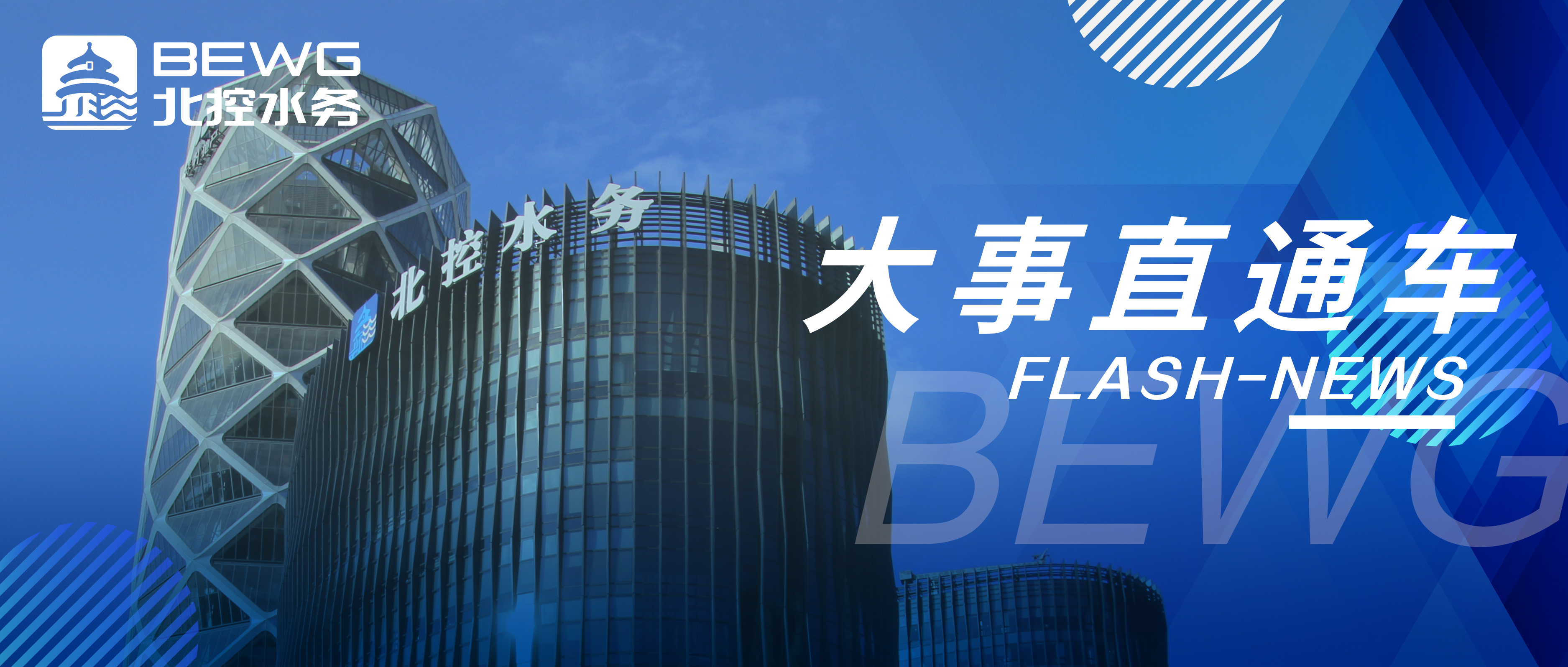
Serving the Construction of the Guangdong-Hong Kong-Macao Greater Bay Area! BEWG bears fruit again in Dongguan
-
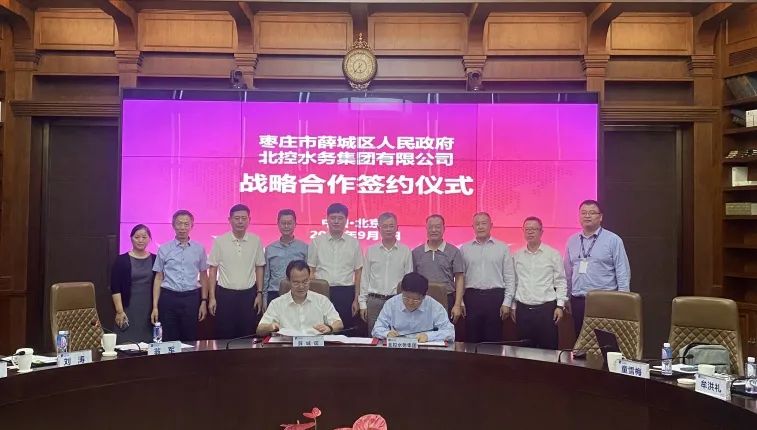
Li Shoujiang, Vice Mayor of Zaozhuang, visited BEWG and signed a cooperation framework agreement
-
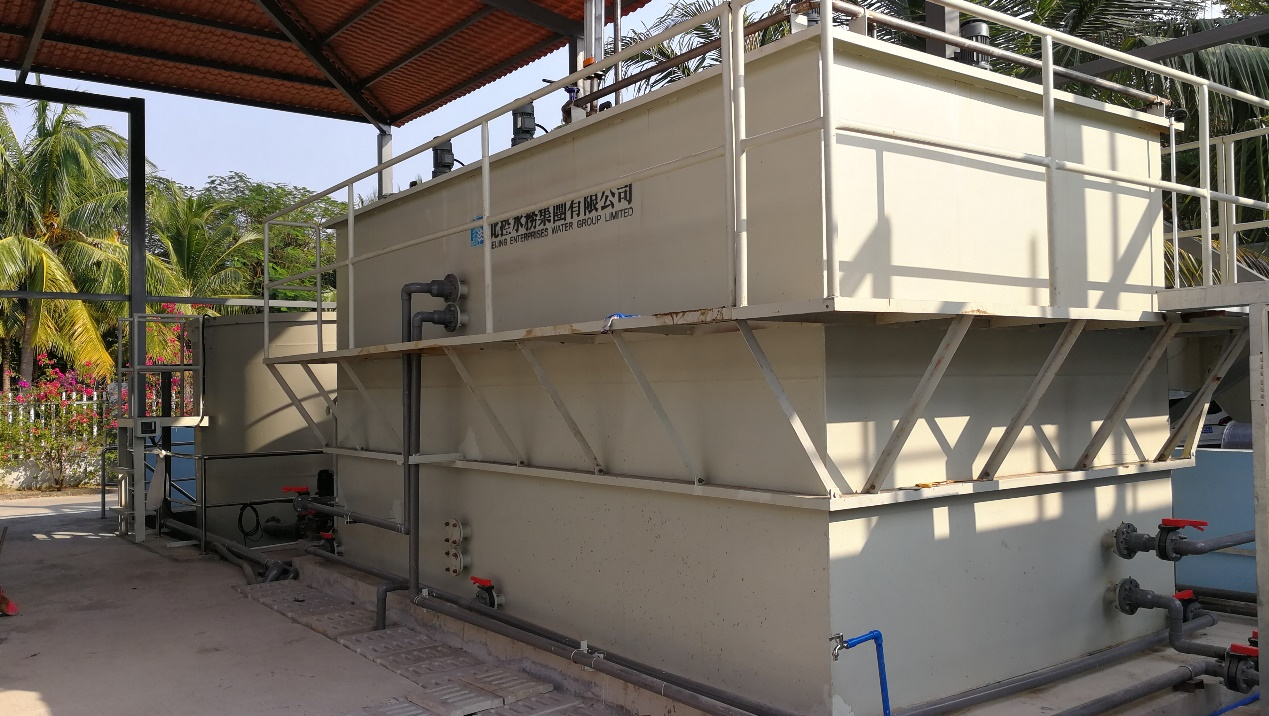
BEWG AOA New Technology Selected as a Case of White Paper on Enterprises with New "Dual Circulation" Development Pattern







